Garissa University College attack in Kenya: What happened?
- Published
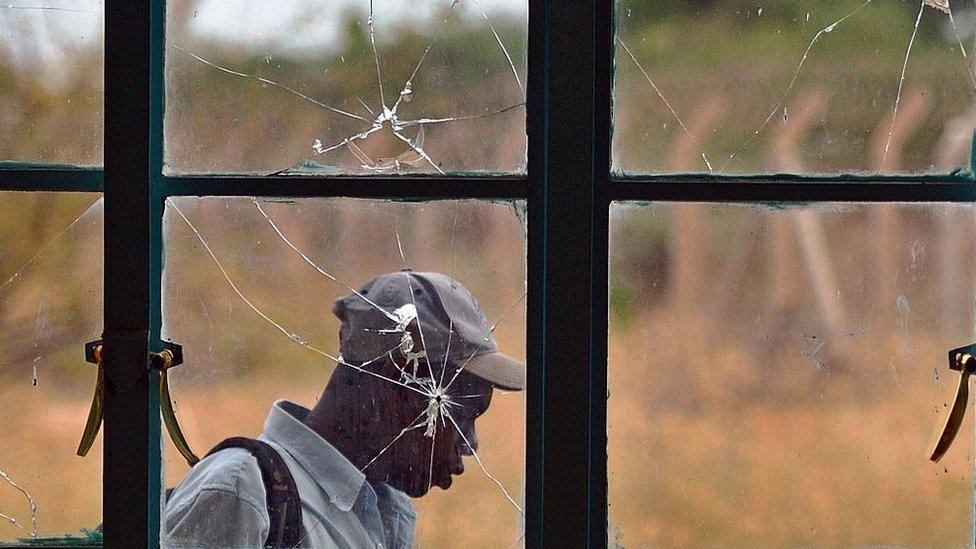
Militants killed 148 people at the university, most of whom were students
On 3 April 2015, four gunmen stormed Kenya's Garissa University College and began firing indiscriminately.
The attackers singled out and shot those identified as Christians as they roamed from building to building. By the end, 148 people had been killed - mostly students.
Security forces eventually surrounded and killed the men. Somali Islamist group al-Shabab said it was behind the terror attack, the second deadliest in Kenyan history.
How did the attack unfold?
Students were getting ready for morning prayers when the shooting began at about 05:00 local time (02:00 GMT).
Gunmen first killed two security guards on the gate before entering the campus and opening fire.
They moved through administrative buildings and classrooms to the dormitories. Almost 900 students were at the university.

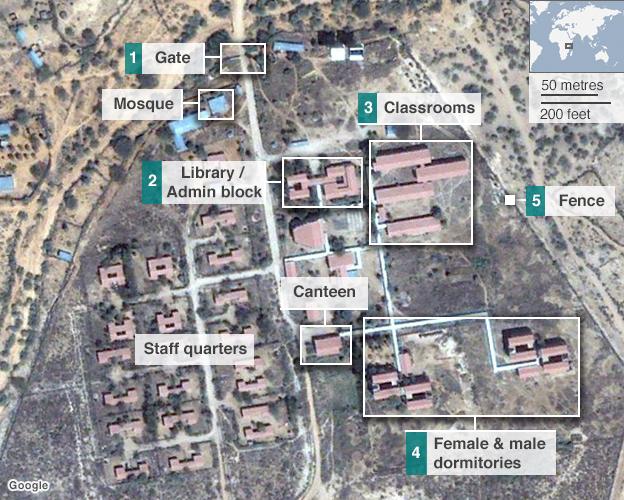

1. Militants enter the university grounds, two guards are shot dead
2. Shooting begins within the campus
3. Students attacked in their classrooms while preparing for exams
4. Gunmen believed isolated in the female dormitories
5. Some students make an escape through the fence

One student recounted how the militants went from room to room, asking if people were Christian or Muslim.
"If you were a Christian you were shot on the spot," he told the Associated Press. "With each blast of the gun I thought I was going to die."
Reports suggested the gunmen forced people out of their dormitories and made them lie on the ground before killing them.

Kenyan troops eventually managed to end the attack
Kenya Defence Forces sealed off the campus and moved in to evacuate students.
The troops managed to clear three of the four dormitories, helping more than 580 people to escape. At least 79 people were injured.
After almost 16 hours, the four attackers were eventually surrounded and killed in one of the women's halls.
Of the 148 victims, three were soldiers, three staff and 142 were students.
Authorities had warned of a possible planned attack on a university, external in the days before the militants stormed Garissa.
Who were the attackers?
Somalia-based Islamist militants took responsibility for the shooting. Al-Shabab, which is affiliated to al-Qaeda, has been behind several attacks in Kenya - including an assault on Nairobi's Westgate mall in 2013, which left 67 people dead and 200 injured, and a siege on a Nairobi hotel complex in January this year in which 21 people were killed.
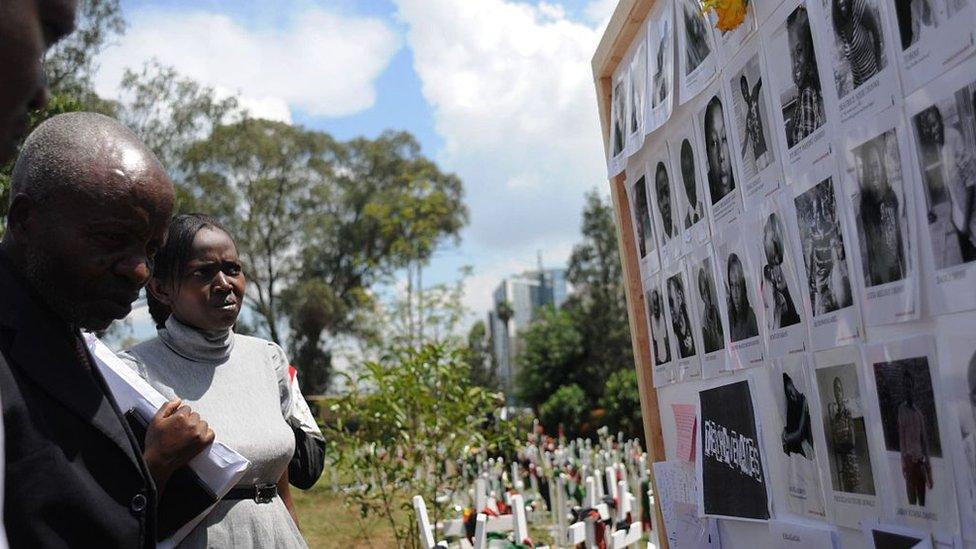
It was the second deadliest attack in Kenya's history
The militants said they were retaliating for acts by Kenya's security forces, which are part of the African Union's mission in Somalia against al-Shabab.
The US military said they had killed leader Ahmed Godane in a drone strike in September 2014, and has increased airstrikes recently.
But these forces have been unable to destroy al-Shabab, which remains active in East Africa - and in particular in Somalia's capital, Mogadishu, where it killed nearly 600 people in a lorry explosion in October 2017 - the deadliest bomb attack in the war-torn country's history.
- Published3 April 2015
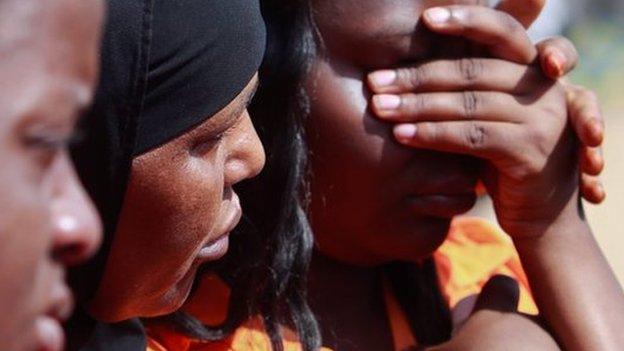
- Published22 December 2017

- Published2 April 2015
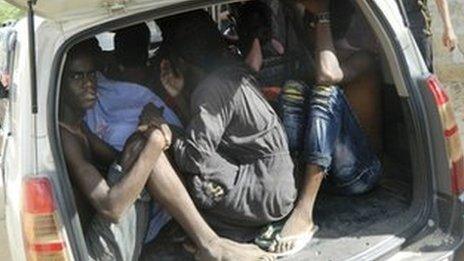
- Published7 April 2015
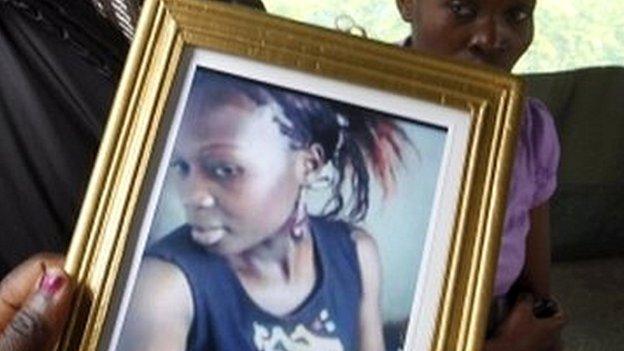
- Published3 April 2015
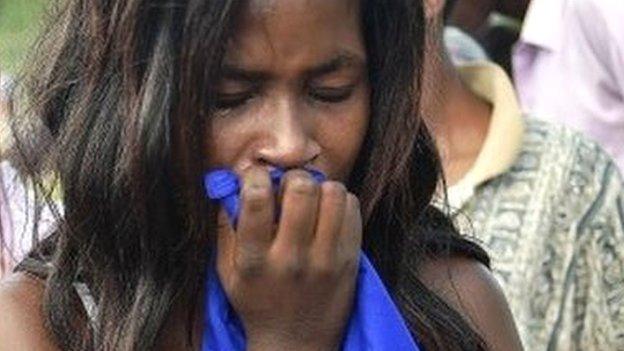
- Published5 April 2015